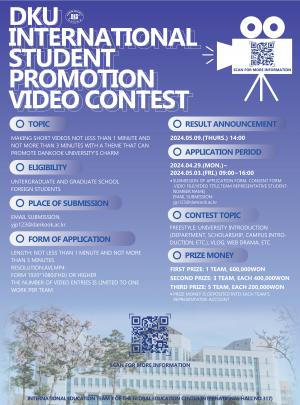Spanish American philosopher, George Santayana once said, ‘those who don’t remember history will live the same history again’. Apart from widening our world views and experiencing new cultures, travelling can also be a medium for learning. “Dark tourism”, also known as ‘black tourism’ or ‘grief tourism’, is a new trend where travelers visit sites previously associated with death and tragedy to learn about their disturbing past and reflect on the deaths and sufferings of people that once lived there, while appreciating the place’s value in history.
Recently, the KBS’s show “Battle Trip” recommended sites for dark tourism. Places like Gunsan and Mokpo have always been known for their role during the Japanese occupation. The hosts on the show believe that as most buildings have been preserved, it is a perfect site for dark tourism, while also showcasing the cultural heritage of Korea. Visitors can stand in the very spot where the Korea independence movement started and be able to mourn the scars the Japanese occupation left on Korea. The National Institute of Korean Language has also defined the act of revisiting tragic history and experiencing it as a “historical training hour”. The ‘World Trade Center in New York’, ‘Japan’s Hiroshima’, the ‘Concentration Camp Tours’ in both Poland and Germany, the “Civil War Tour” in Lebanon and the “Balkan War Tour” in Kosovo are already famous dark tourism sites. There are several reasons why Dark Tourism has become a travel trend. The April 1986 Chernobyl nuclear accident was a catastrophe. Residents living around the Ukrainian reactor were forced to relocate after the incident and many still suffer from the aftereffects of radiation poisoning. Tours commenced in this area in 2011 with the start of dark tourism, but the location has only recently become a hot spot for visitors. The reason for the recent increase in visits stems from the airing of a five part miniseries called ‘Chernobyl’ on HBO in the USA. The drama was very popular because of its realistic representation of the aftermath of the catastrophic nuclear explosion. Since the show aired, the number of reservations for Chernobyl tour packages increased by more than 30 percent as compared to last year. It is clear that the fresh approach portrayed in the drama provided a boost to this dark tourism location.
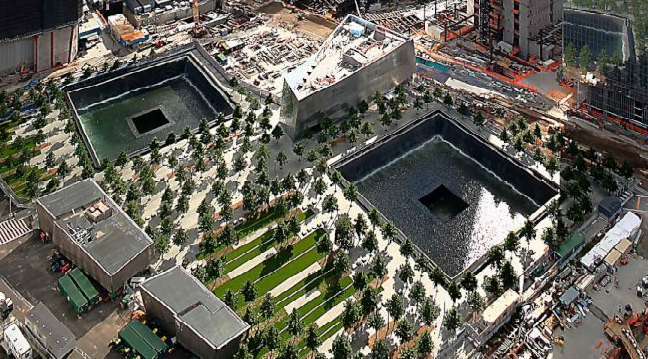 |
| ▲ The memorial site of 911 , one of the most well-known tragedy of our generation, serves as one of the dark tourism sites. (Picture from Pilot Guides) |
The Dankook Herald (the DKH) would like to introduce two dark tourism sites on Jeju island for Dankookians (students of DKU) to experience. The "East Coast" tour was developed to teach visitors about the 4.3 uprising. One of the representative tourist attractions in the 4.3 uprising tour is the Peace Memorial Hall. 30,000 people died in the 4.3 uprising in 1948 as a result of violent clashes between the Korean government and the South Korean Labor party and its supporters. The Memorial Hall was established to console victims of the 4.3 uprising and to remind visitors of the importance of peace and human rights. The “West Coast” tour explores the remains of wars that took place on Jeju Island. There are historical sites from when the Mongolian Empire invaded during the Goryeo Dynasty, several Japanese battle sites and other locations marked with monuments that were used as bases for the Korean War that still carry evidence of the violence that occurred.
People usually visit Jeju island to experience its pure nature, but Dankookians are encouraged to take a trip to learn more about the 4.3 uprising and other historic events took place on the treasured island. However, you don’t need to take a big trip to experience a dark tour. The DKH also recommends visits that are closer to DKU. The "Saint Kim Dae-gun's Catholic Martyrs' Journey includes many Catholic holy sites and monuments near DKU. Among them, we recommend visiting "Eun-Ei sung-ji" located in Yongin. During the late 19th century, Catholicism was introduced to Korea and Kim Dae-gun, a practicing catholic underwent many trials. He lived in Yongin as a child, and later became a priest. "Eun-Ei" means a hidden village and as its name suggests, it was the main stronghold cathedral where he was active in the community. To memorialize him, the Kim Dae-gun Andrea Memorial Hall was built on their sacred land. Inside the hall, there are many machines that tortured people who were opposed to the Joseon government. If you want to walk further in the footsteps of Saint Kim, we also recommend visiting the Mirinae shrine located in Anseong and the “Saenamteo Cathedral” in Seoul. Some may wonder why they should visit these areas if they aren’t Catholic, however we believe that visiting a catholic holy site is the same as visiting temples when it comes to studying history. It is a part of our history, so we should learn more about it.
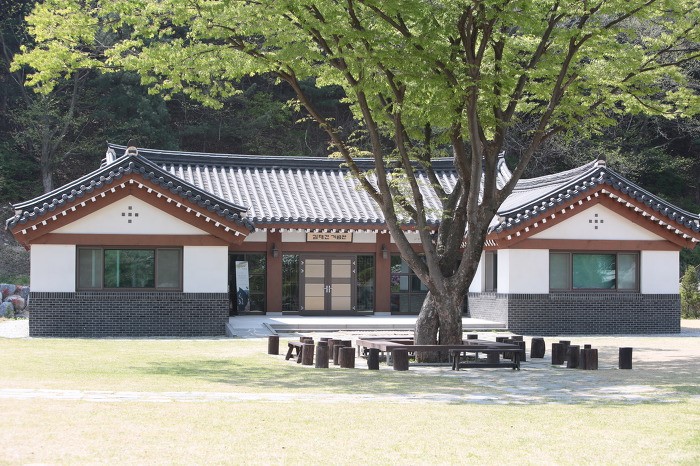 |
| ▲ It is a memorial hall for Saint Kim Dae-gun Andrea in Eun-Ei Sung JI near the DKU. (Photo from Eun-Ei Sung Ji official website) |
As you can imagine, it takes effort to develop an instructive journey out of a dark tour. Even Chernobyl has had its problems with overcrowded visits and tourists turning its gloomy locations into spectacles for social media consumption. As a result, the future of dark tourism remains uncertain. However, if we, as tourists, never forget these are tragic places where many people suffered, the benefits will surely overcome the detractions. Dark Tours encourage us to reflect on our dark history and encourage us never to repeat it in the future. The venue of the tour is obliged to convey only accurate historical facts to tourists leaving them to ponder their own judgements of history. We travel a lot, but we rarely put any thought into our locations. We've always been on a prescribed trip somewhere. Through Dark Tourism, you may find another gift your travels have to offer, a lesson in history that we should never forget.
박근후, Mak Haoyang, 김건희 dankookherald@gmail.com

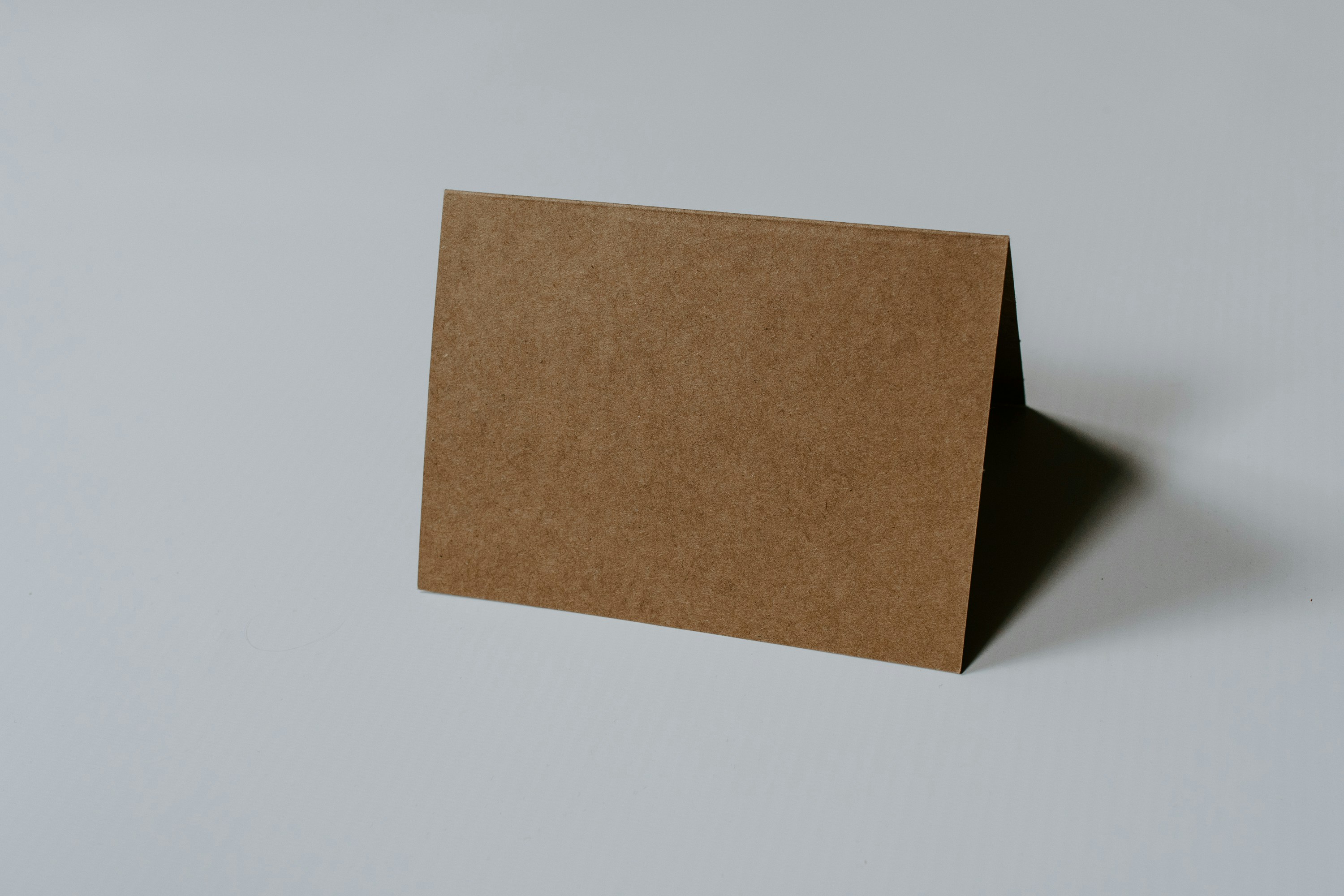 Vote for the Campus Brand Naming!
Vote for the Campus Brand Naming!
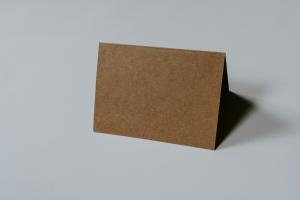
![[Campus Magnifier] Let's Surf the Library!](/news/thumbnail/202404/12496_1765_4143_v150.jpg)
